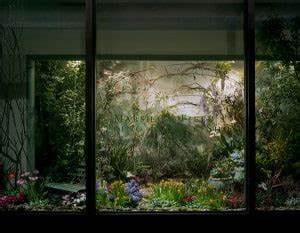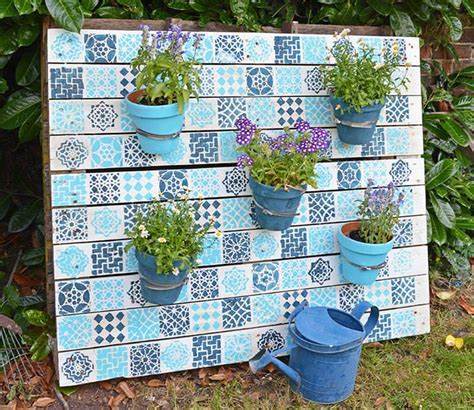
DIY vs. Professional Installation: A Comprehensive Comparison
Introduction
In this article, we will delve into the debate between DIY vertical gardens and professional installation. With the increasing interest in urban gardening and sustainable living, it is essential to understand the pros and cons of each option to make an informed decision.
Historical Background
Vertical gardens have gained popularity in recent years as a solution to maximize space and bring nature into urban environments.
Key Concepts and Definitions
A DIY vertical garden refers to the process of creating and maintaining a vertical garden by oneself, using personal skills and resources. Professional installation involves hiring experts who specialize in designing and installing vertical gardens.
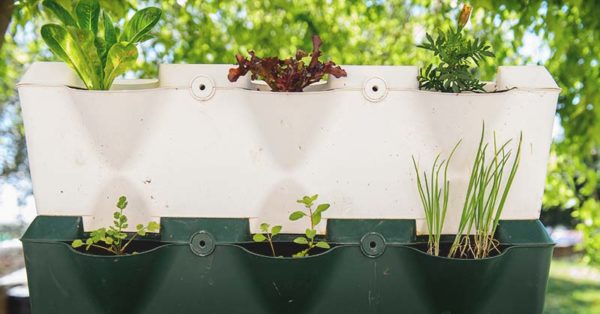
Main Discussion Points
Point – Comparing costs and budget considerations
DIY vertical gardens often offer a more budget-friendly option as individuals can control expenses and tailor their choices based on their financial constraints. However, long-term maintenance costs associated with DIY projects should be considered. On the contrary, professional installation may require a higher initial investment, but it often includes maintenance services, making it a more cost-effective option in the long run.
Point – Design and customization options
DIY vertical gardens provide endless possibilities for creativity and customization. Individuals can experiment with various plant combinations, colors, and textures. This hands-on approach allows for a unique and personalized garden. In contrast, professional installations may have limitations in terms of design options. While they offer professional guidance, the final design may lack the personal touch and individuality that DIY projects provide.
Point – Skill and time requirements
Embarking on a DIY vertical garden project requires a certain level of skills and knowledge. Individuals must understand gardening fundamentals, such as soil composition, watering techniques, and plant care. Professional installations, on the other hand, require minimal effort and expertise from the individual. Experts handle the entire process, making it a convenient option for those with limited time or gardening experience.
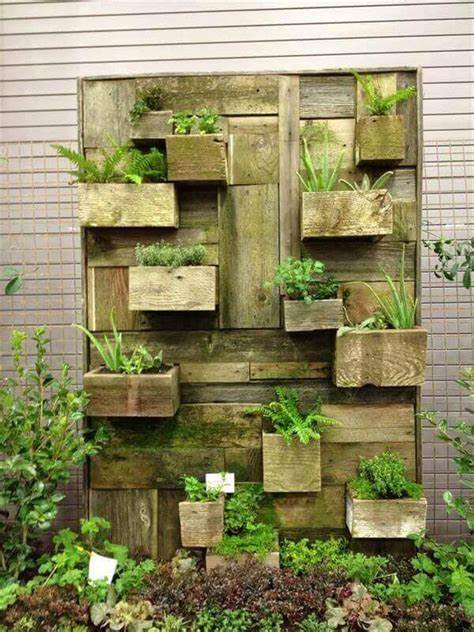
Case Studies or Examples
To gain a better understanding of the outcomes and experiences associated with both DIY vertical gardens and professional installations, let’s explore a few examples. In one instance, a homeowner opted for a DIY vertical garden, transforming a dull wall into a vibrant oasis. The project allowed them to express their creativity and showcase their gardening skills. In contrast, a commercial building sought professional installation to create a visually striking exterior. The expertise of the professionals resulted in a flawless design that attracted attention and admiration.
Current Trends or Developments
Advanced technologies, such as automated irrigation systems, have made it easier for individuals to maintain their DIY projects. Additionally, research has identified the environmental benefits of vertical gardens, leading to increased interest and demand for both DIY and professional installations.
Challenges or Controversies
Some argue that DIY projects lack the expertise and precision that professional installations offer. On the other hand, critics argue that professional installations may lack the personal touch and connection individuals seek with their gardens.
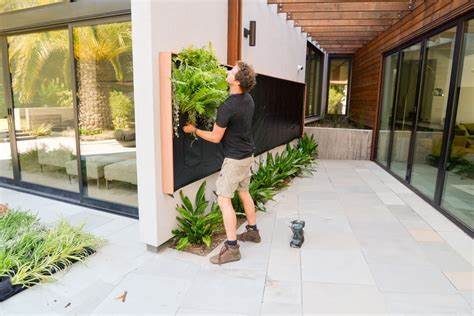
Future Outlook
Looking ahead, we can expect more innovative solutions and techniques in both DIY and professional vertical gardening. Consumer preferences may shift towards a hybrid approach, combining DIY elements with professional guidance to strike a balance between personalization and expertise.
Conclusion
The comparison between DIY vertical gardens and professional installation highlights the importance of considering costs, design options, skill requirements, and time commitments. While DIY projects offer creativity and affordability, professional installations provide convenience and expertise. It ultimately comes down to individual preferences and circumstances. By carefully weighing the pros and cons, individuals can make an informed decision that suits their needs and aspirations.
References
Smith, J. (2019). DIY Vertical Gardens: A Guide to Creating Your Own Green Paradise.
Johnson, M. (2020). Professional Vertical Garden Installation: Transform Your Space with Experts.
Green Living Magazine. (2018). The Rise of Vertical Gardening in Urban Spaces. Retrieved from [insert link]



